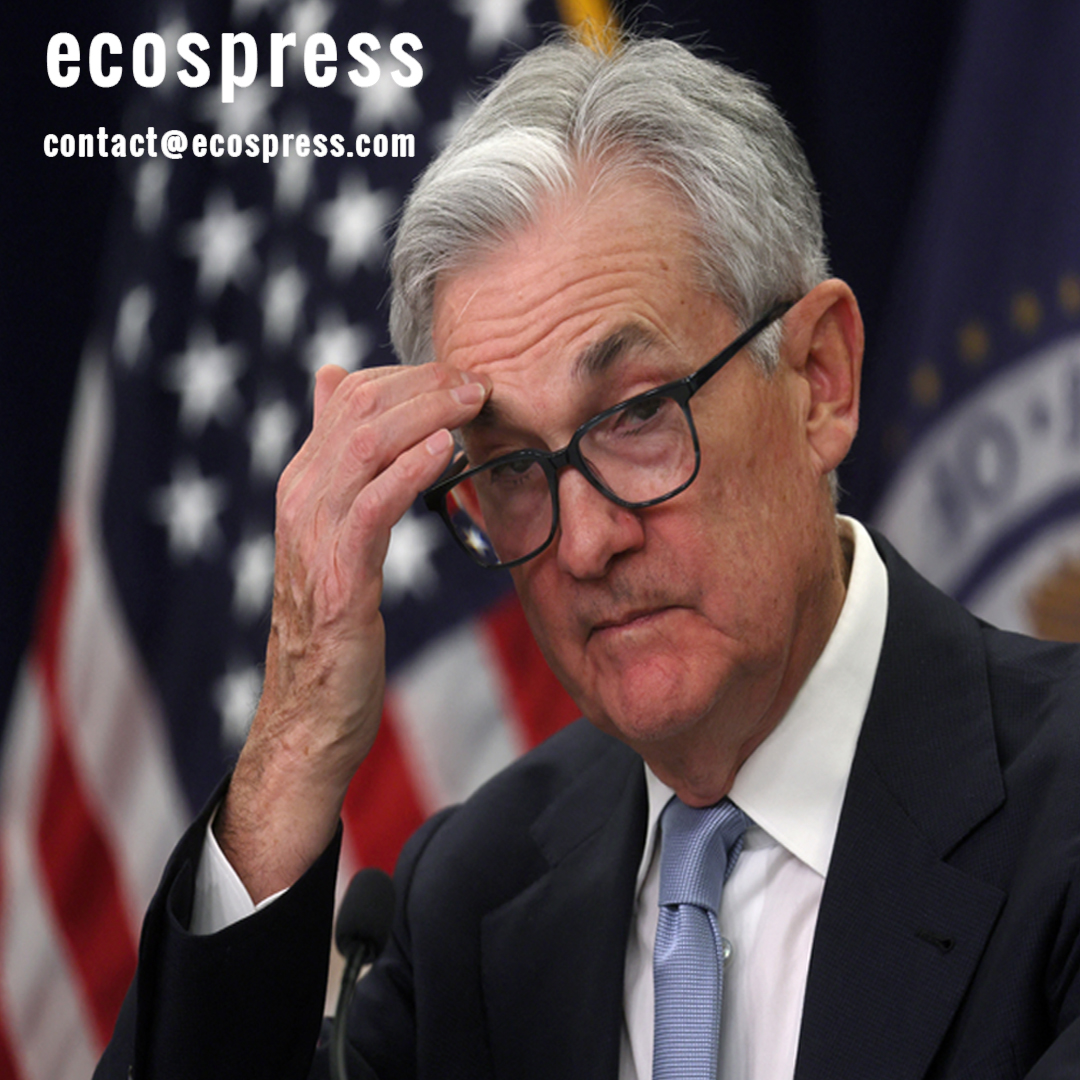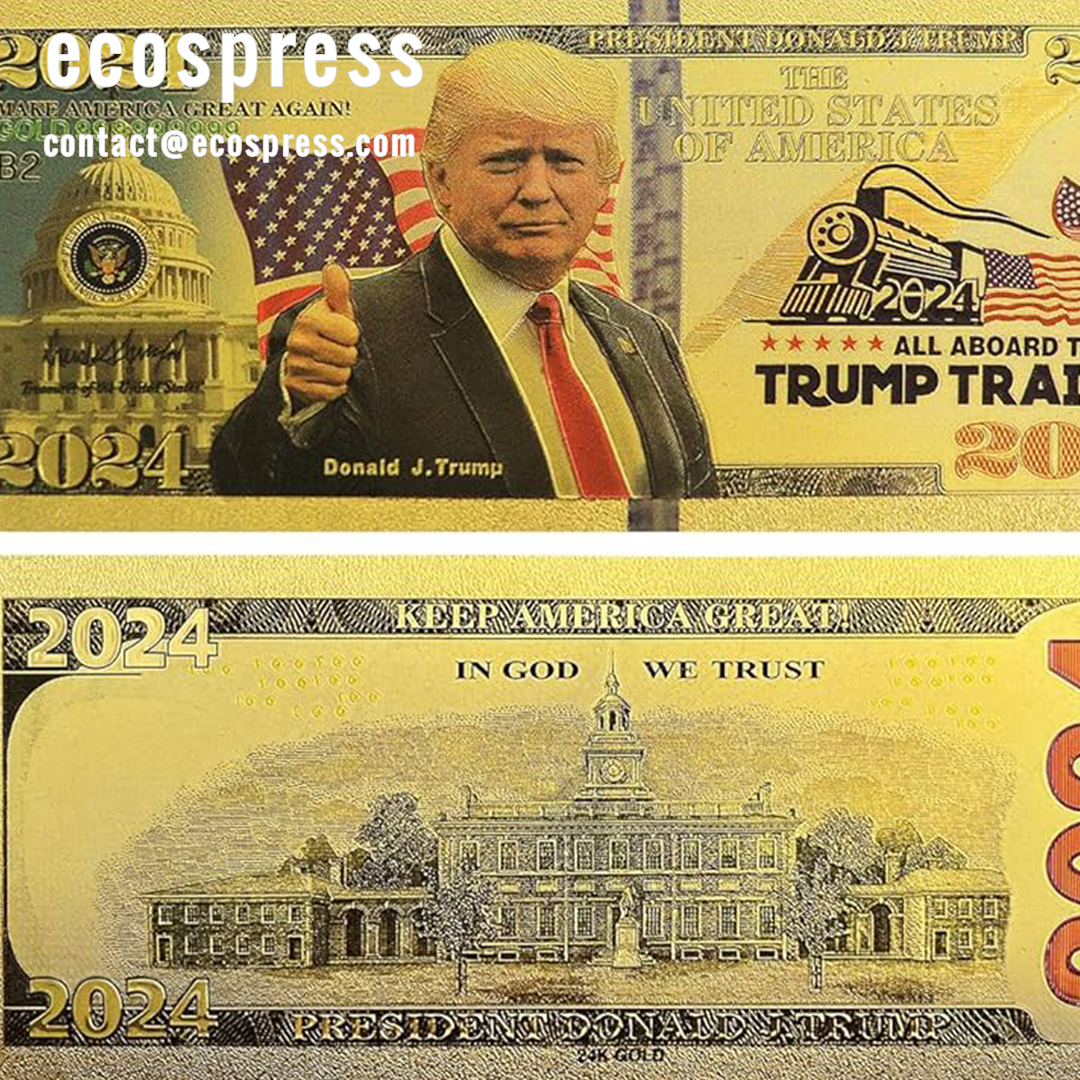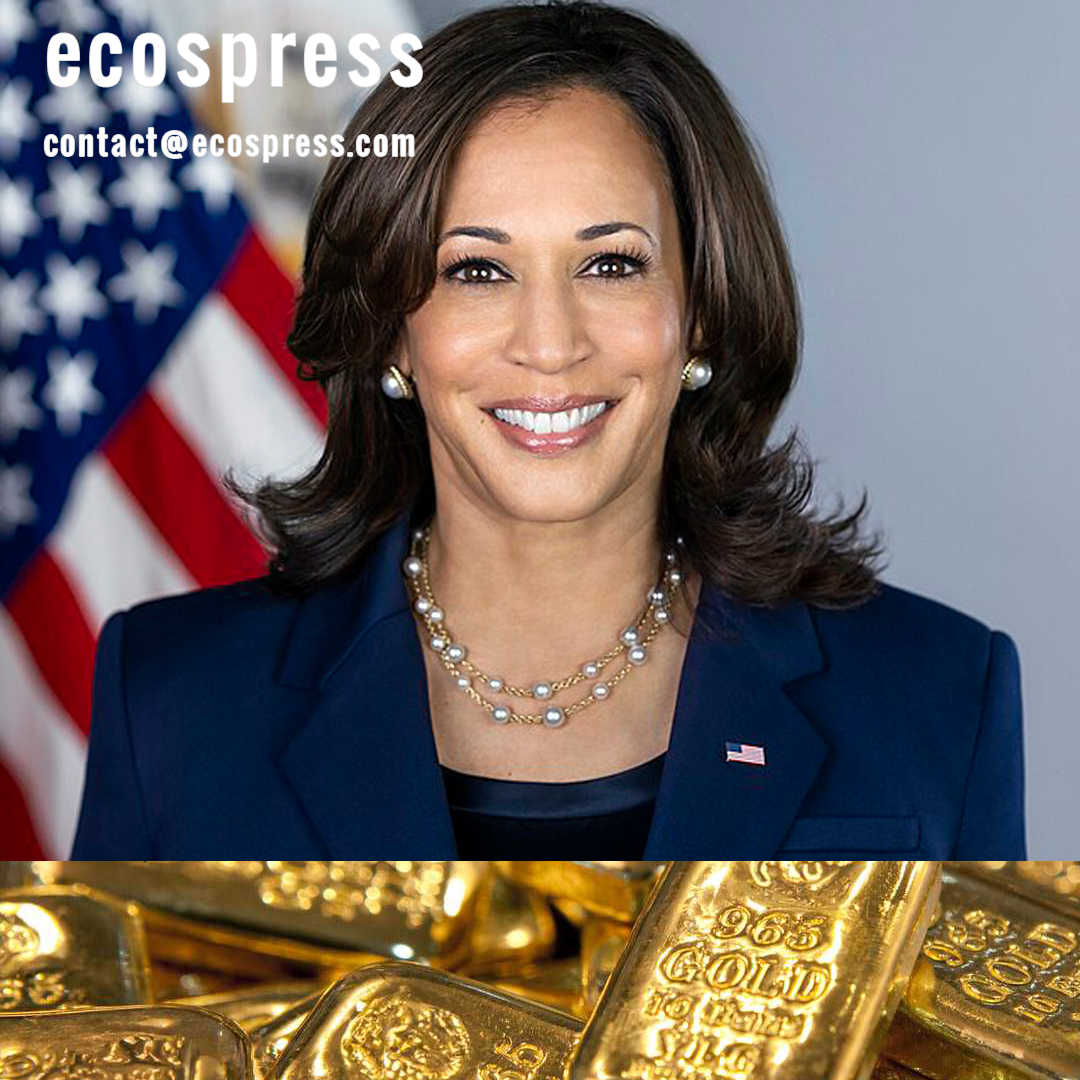The outcome of the 2024 U.S. presidential election, which saw Donald Trump reclaim the presidency, has stirred expectations for significant changes in the policies of the U.S. Federal Reserve (the Fed). Known for his previous critiques of the Fed, particularly regarding high interest rates, Trump has long maintained that such policies hinder economic growth. With his return to office, questions loom about the direction the central bank might take under his administration.
Expected Monetary Policies
1. Potential for Lower Interest Rates
One of the most anticipated shifts is the potential pressure on the Fed to lower interest rates further to stimulate economic growth. Trump’s stance on low interest rates is well-documented, as he believes they foster consumer spending and business investment. In a recent pre-election meeting, the Fed already took a step by reducing interest rates by 0.5%, bringing them to a range of 4.75% – 5% (Masrawy). This initial move may signal a trend that could continue as the new administration pushes its economic agenda. Keywords such as “Trump’s economic impact” and “lower interest rates policy” are relevant to understanding this shift.
2. Changes in Leadership
Trump’s return could bring leadership changes within the Fed, appointing officials who align more closely with his economic vision. This could mean a central bank more inclined to adopt dovish policies that prioritize economic expansion over strict inflation controls. The terms “Fed leadership changes” and “Trump’s economic team” add SEO value to this section.
Economic Implications
1. Boost to Economic Growth
Lower interest rates would likely encourage consumer spending and corporate investment, leading to economic growth. This aligns with Trump’s broader economic strategy to bolster the U.S. economy through supportive fiscal and monetary measures. Utilizing phrases like “economic growth under Trump” and “stimulus through low rates” can help in optimizing this section.
2. Inflation Concerns
However, lowering interest rates comes with potential risks, chiefly the possibility of higher inflation. Balancing economic growth with inflation control will be a crucial task for the Fed in this new political landscape. The Fed’s ability to maintain this balance could define the economic legacy of both Trump’s administration and the central bank under his influence. Keywords like “inflation risks” and “Fed’s inflation control” should be included for better search relevance.
Conclusion
Trump’s 2024 election victory sets the stage for a potential shift in U.S. Federal Reserve policies. With an emphasis on stimulating growth through lower interest rates and possible leadership adjustments, the Fed may adopt a more accommodative stance. While these changes could spur economic expansion, they also pose challenges, such as managing inflation. Observers and stakeholders will be watching closely as these developments unfold, shaping the future of U.S. monetary policy and the broader economy.







Leave a Reply